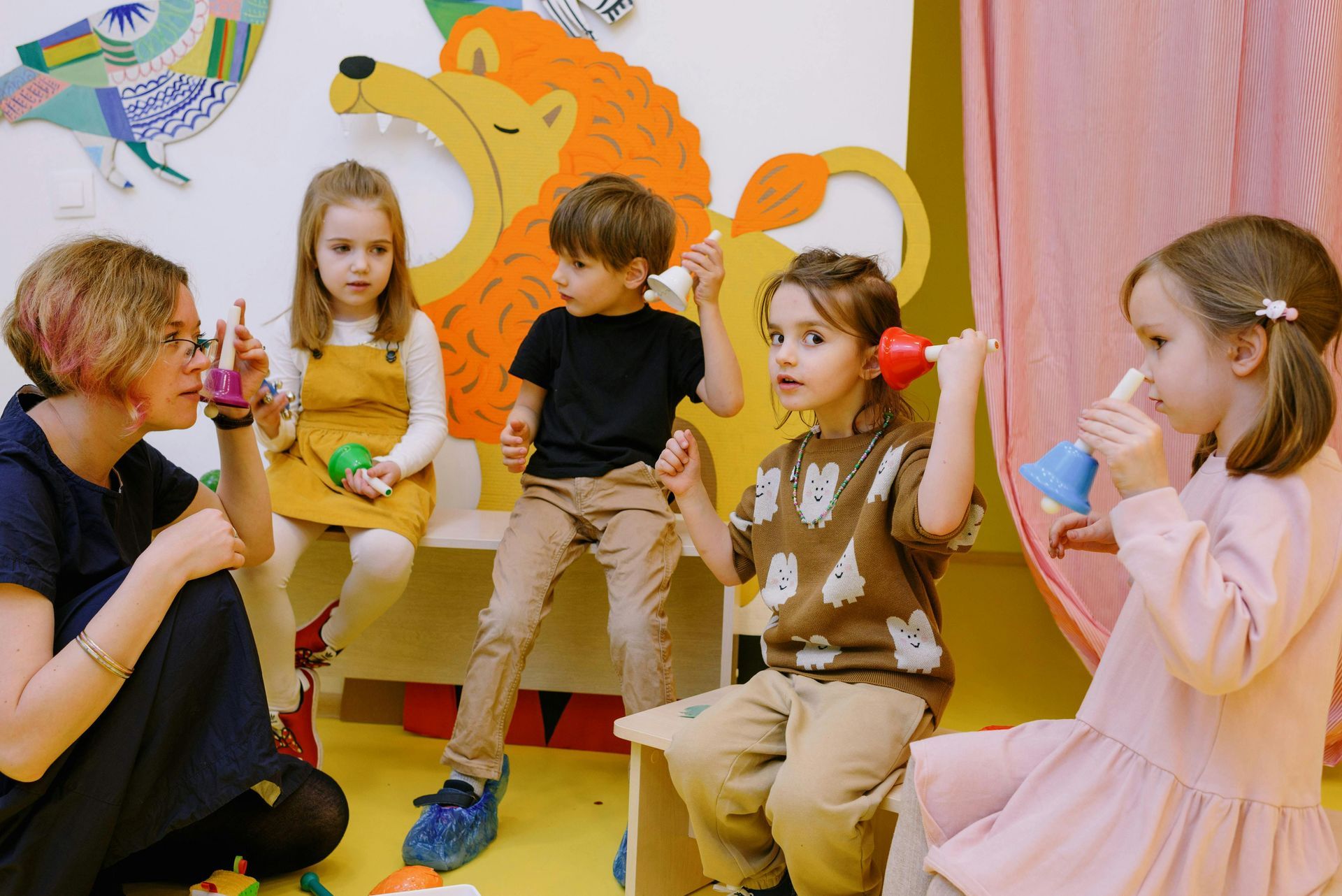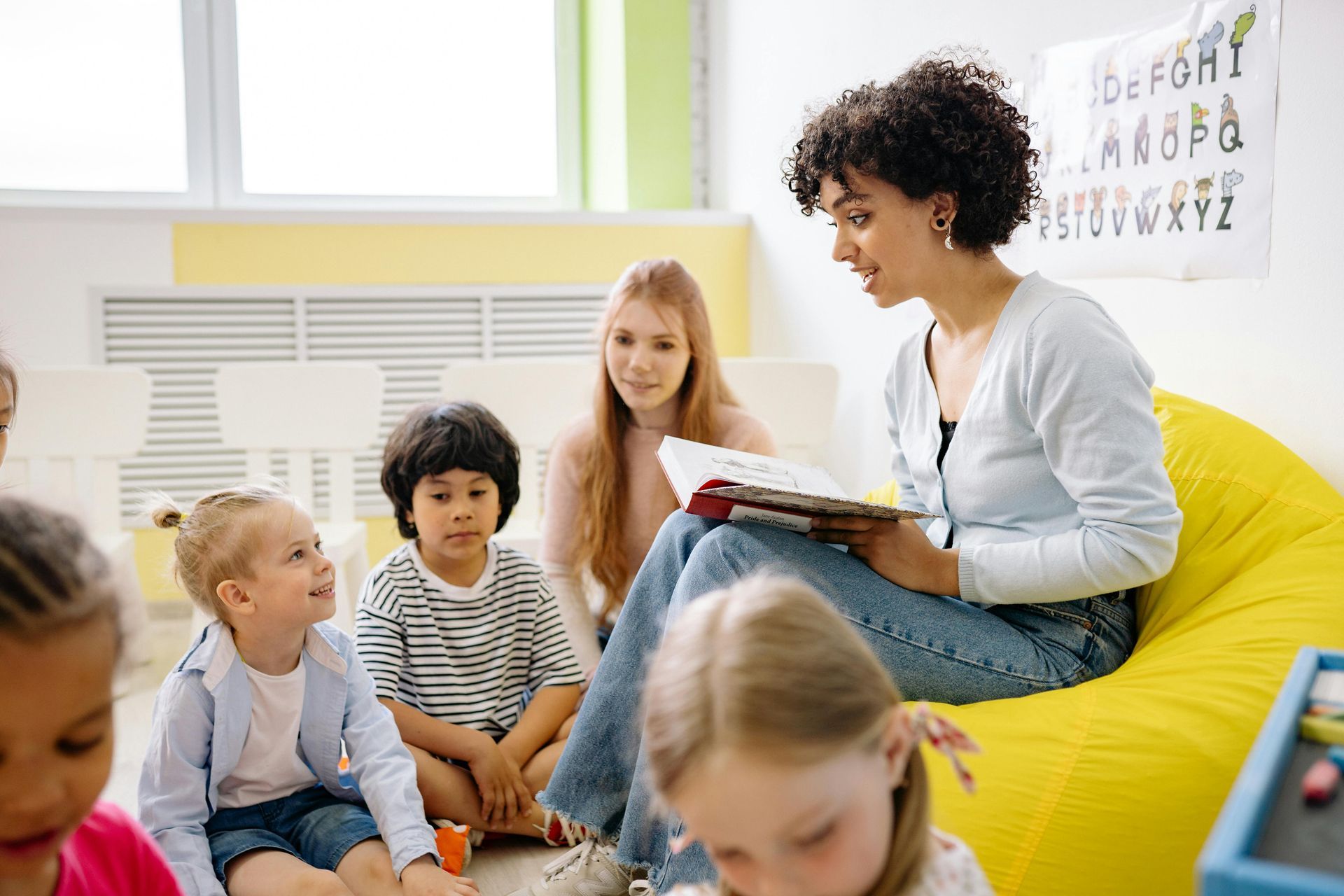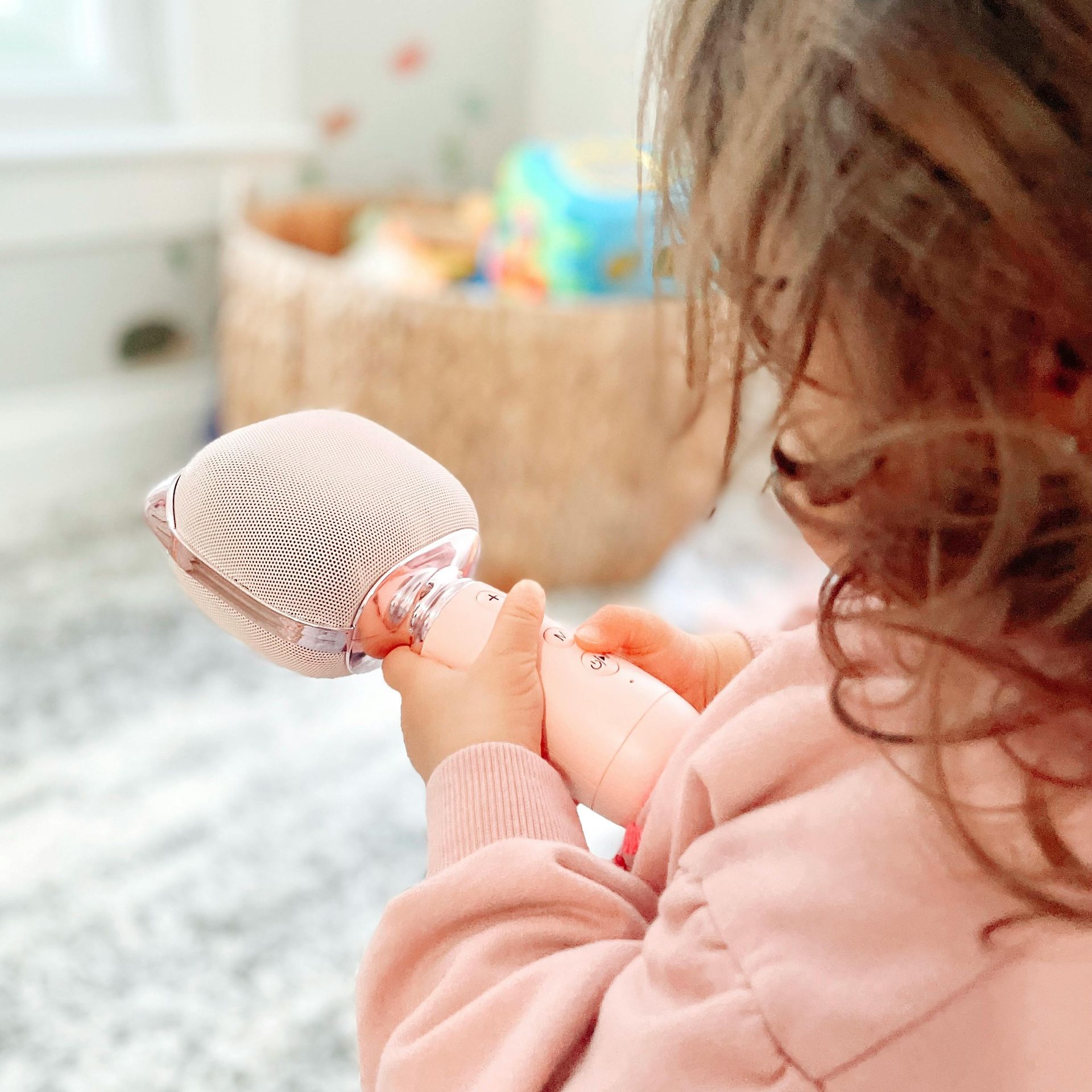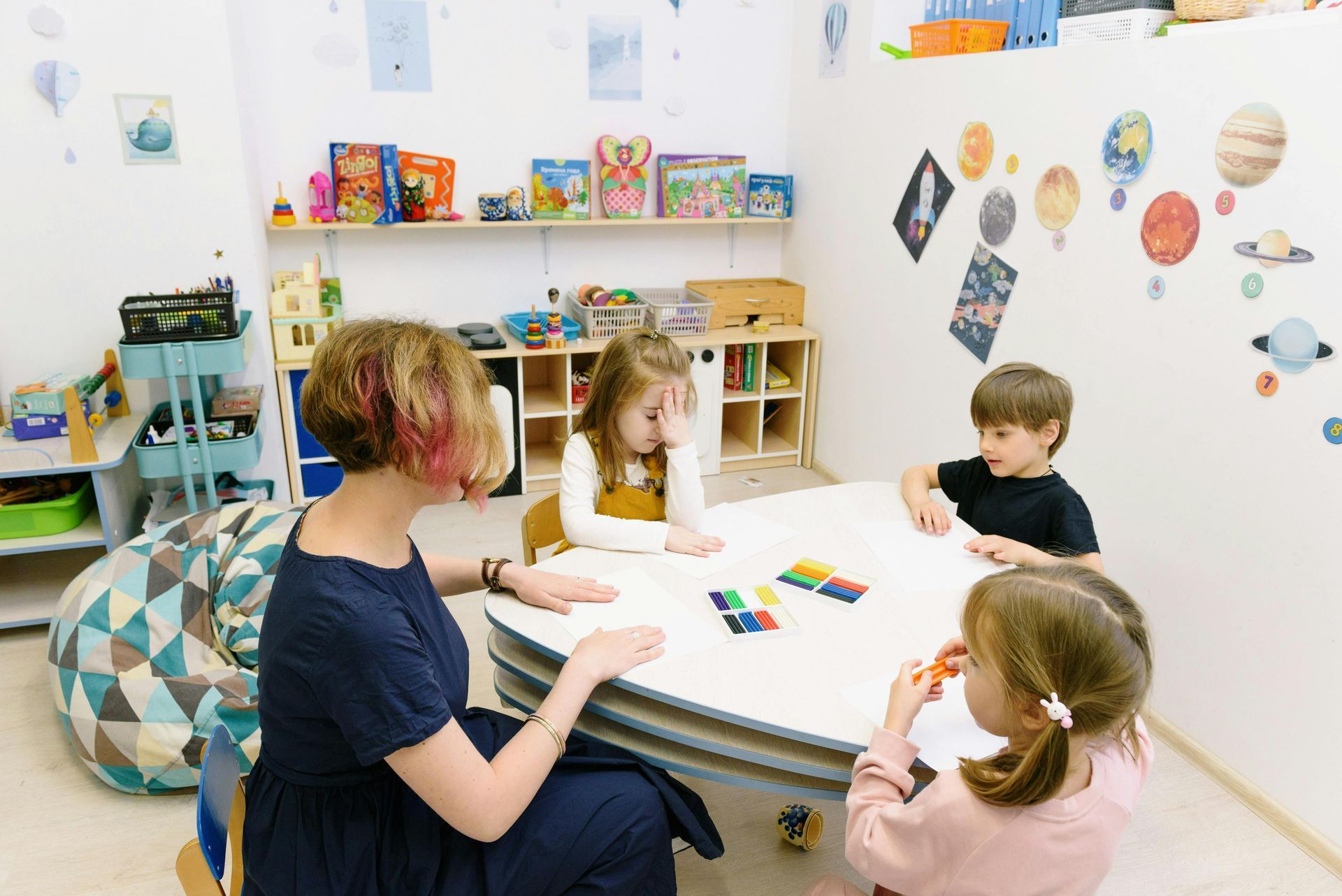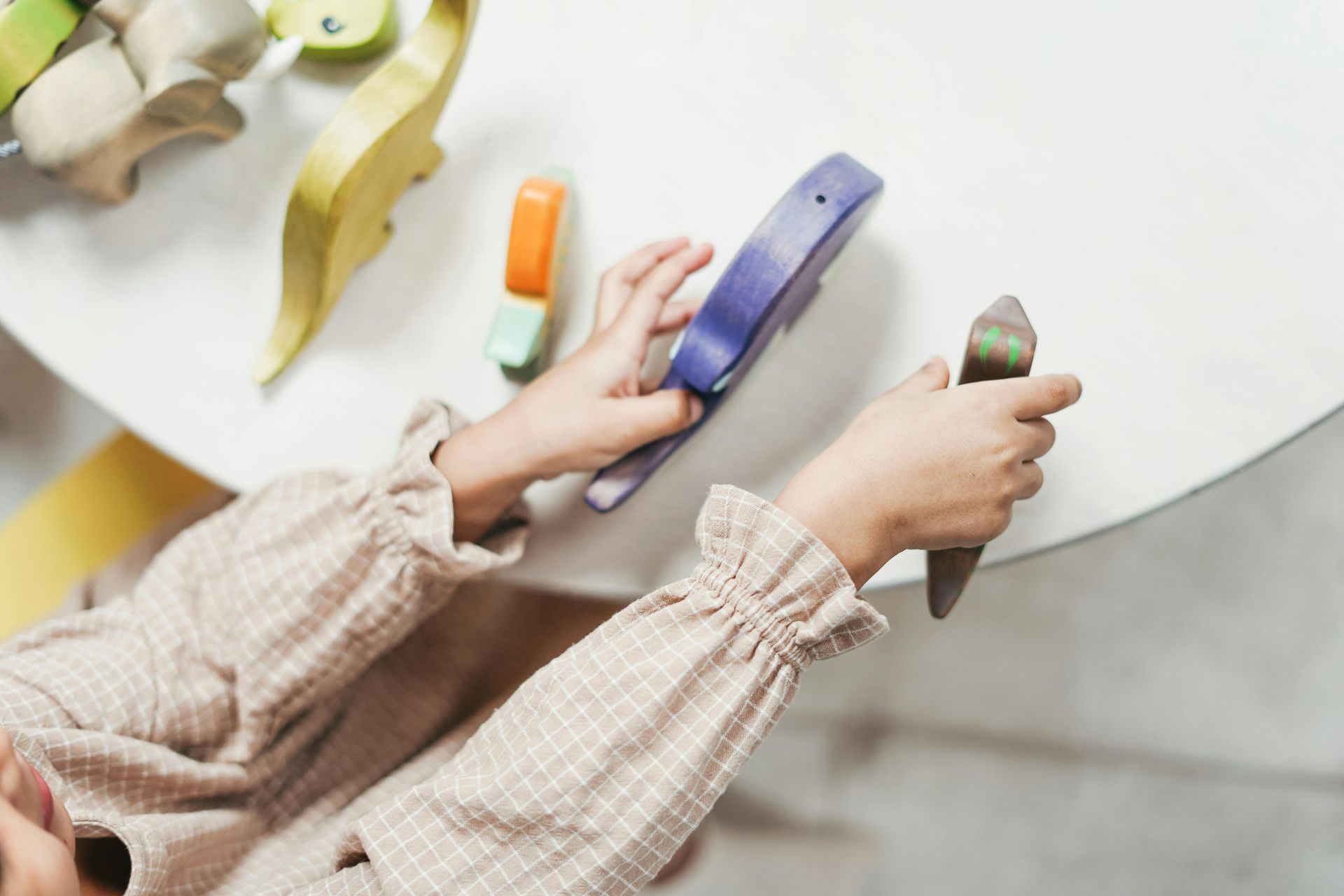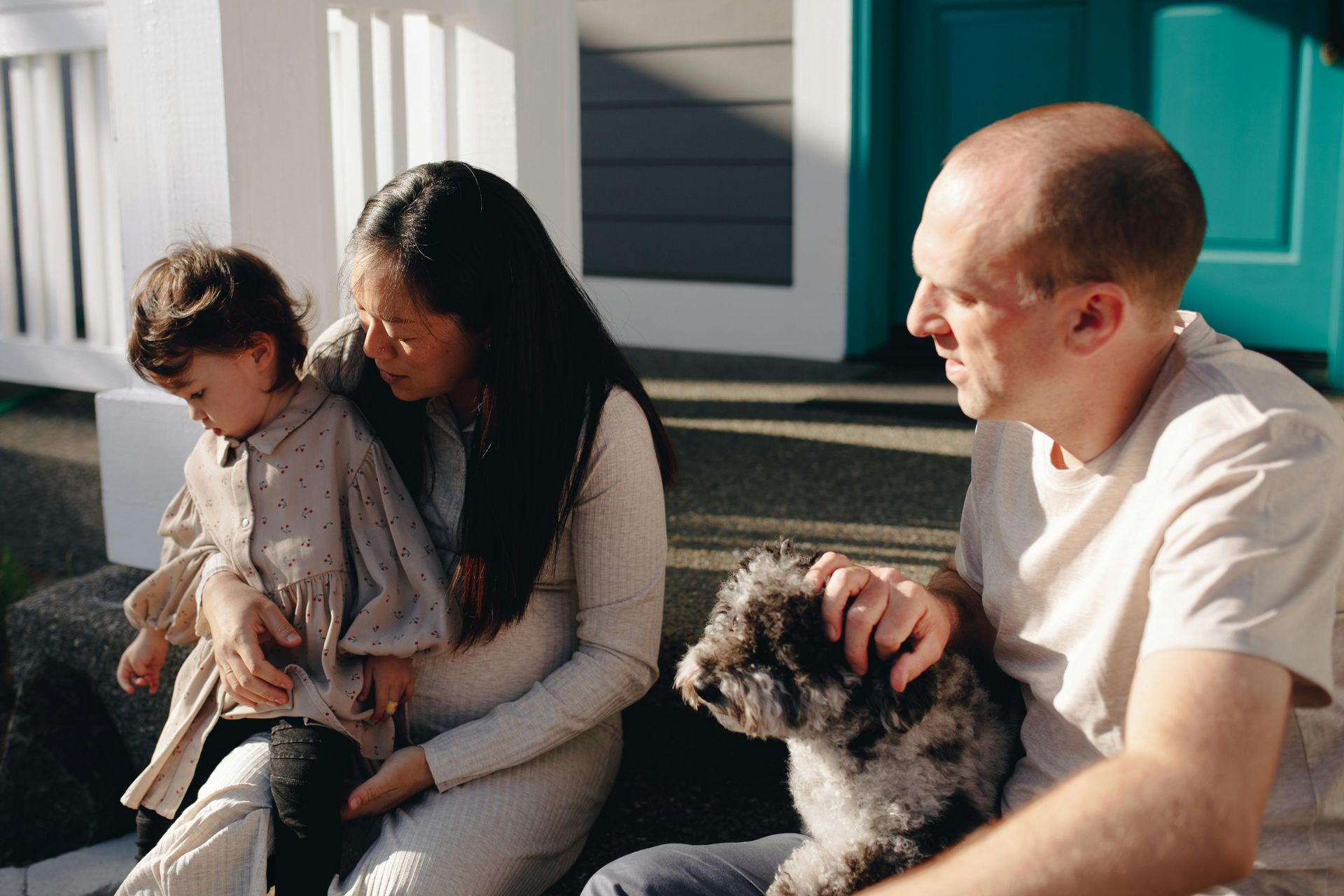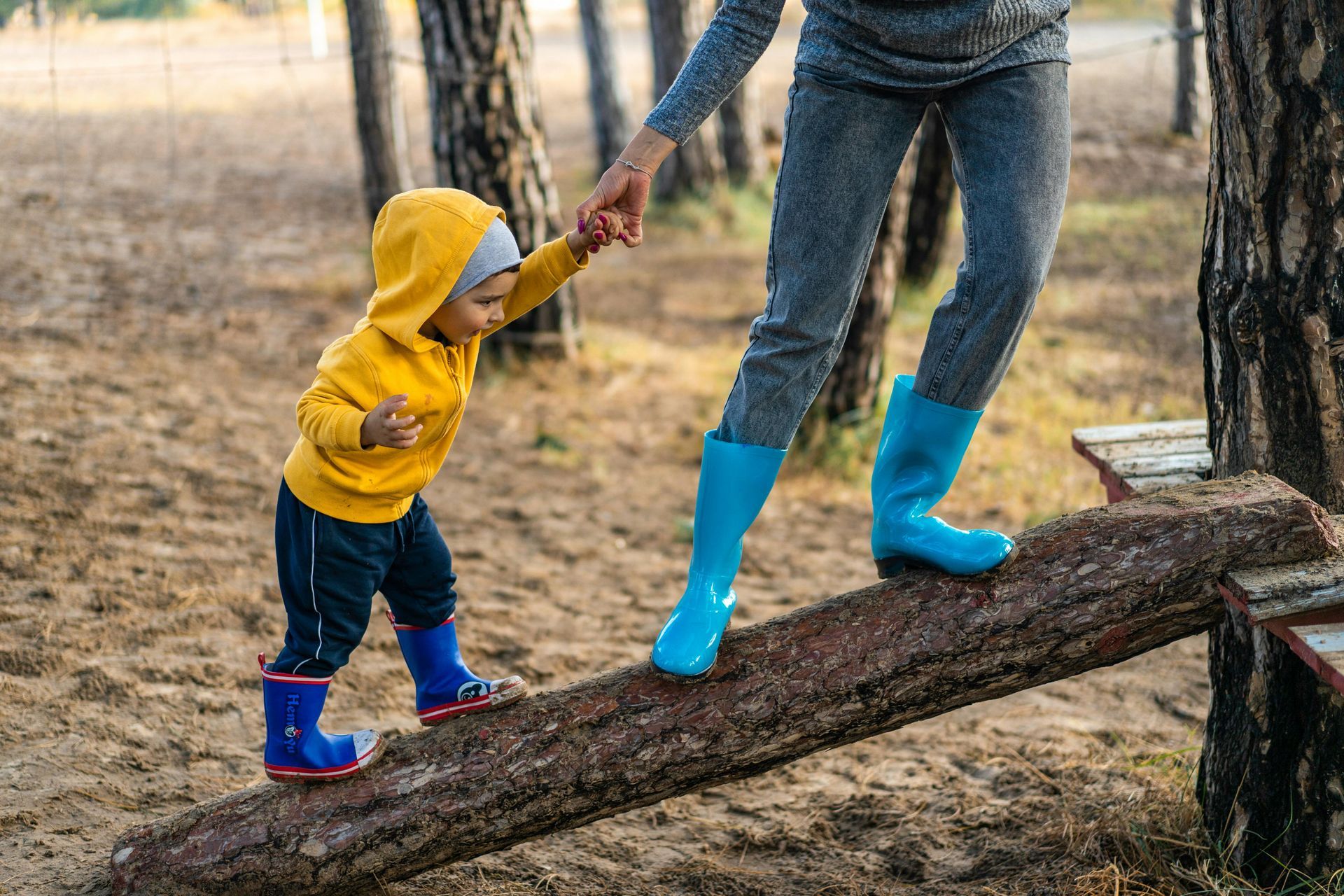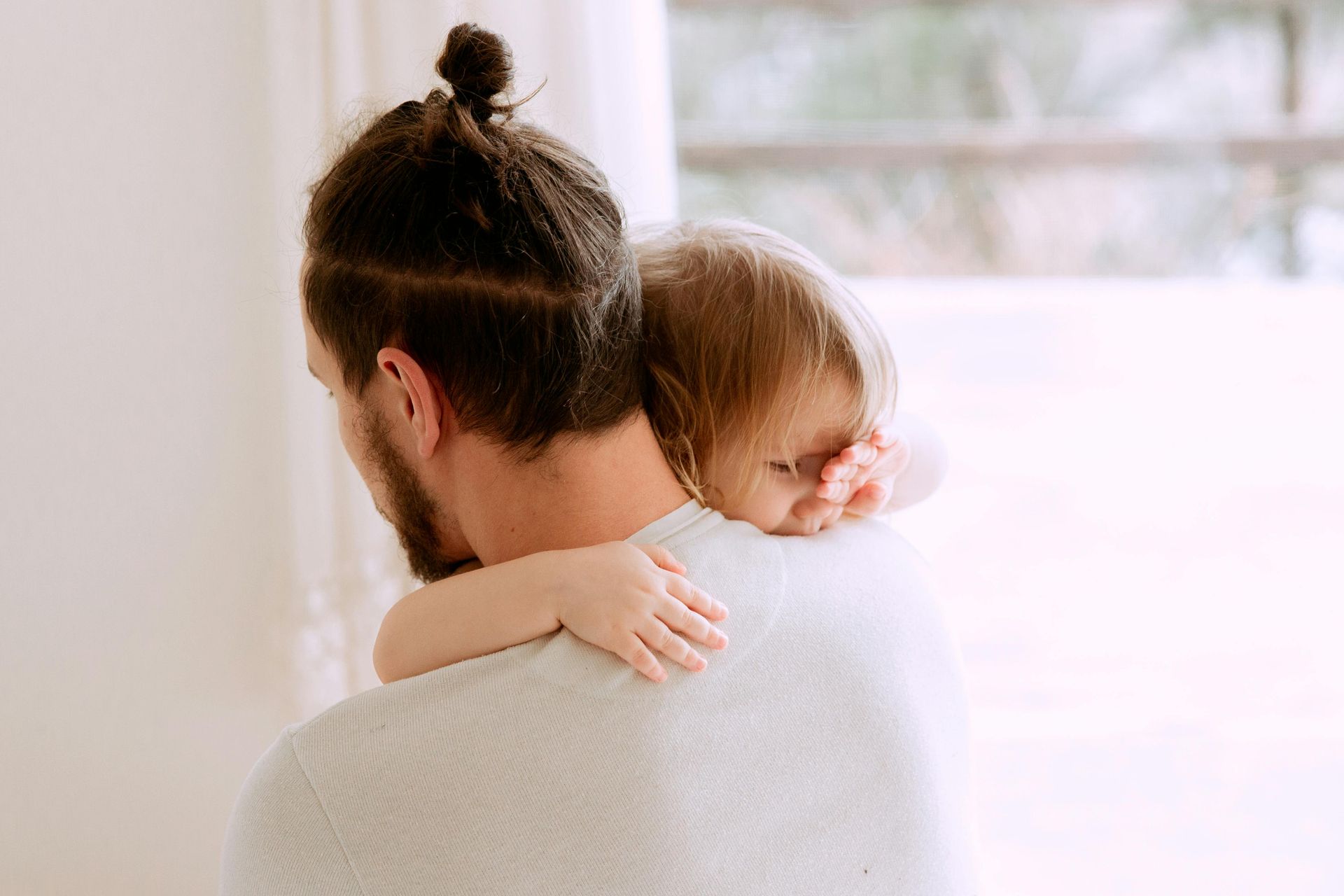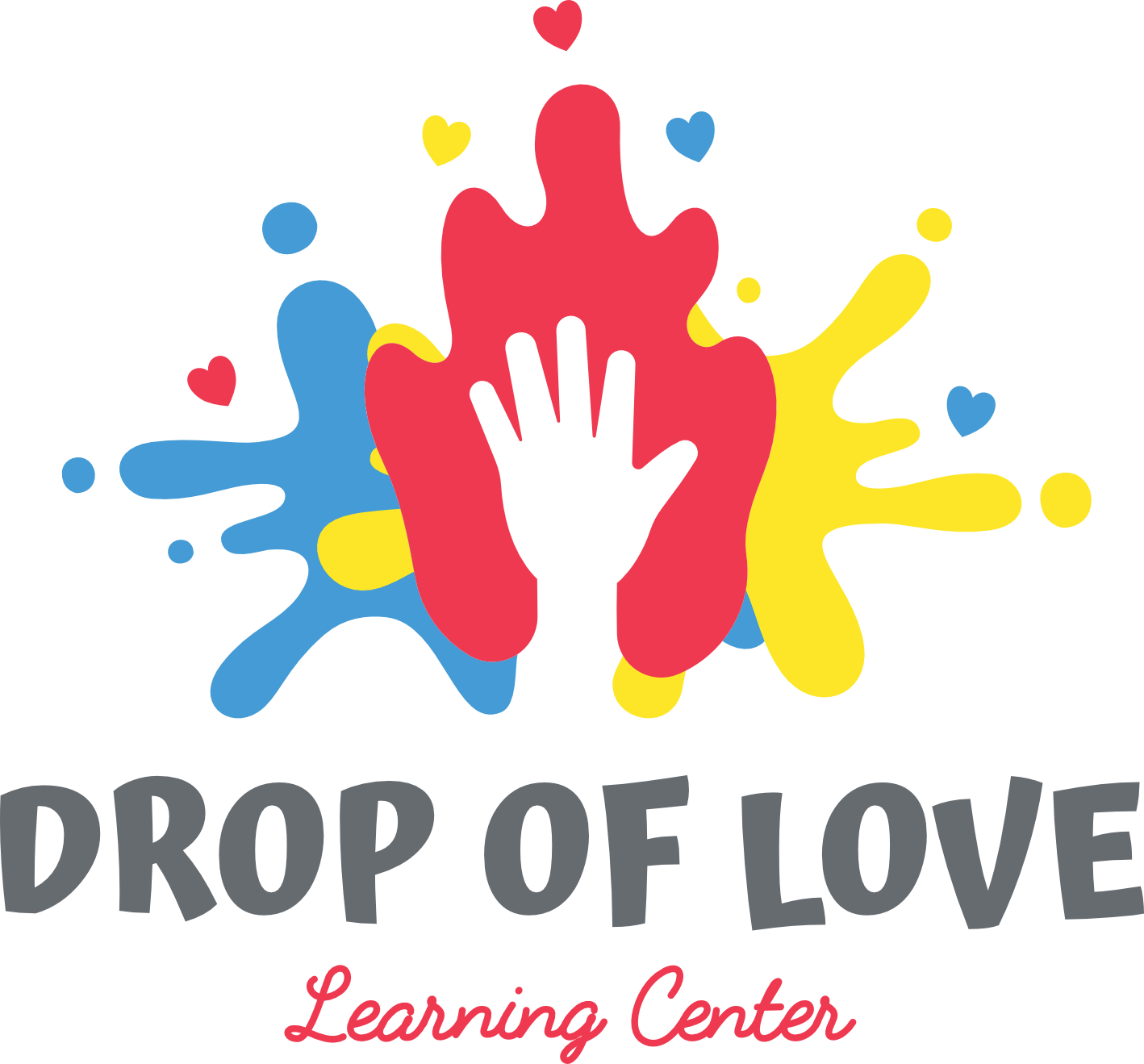The Role of Creative Expression in Early Childhood Development
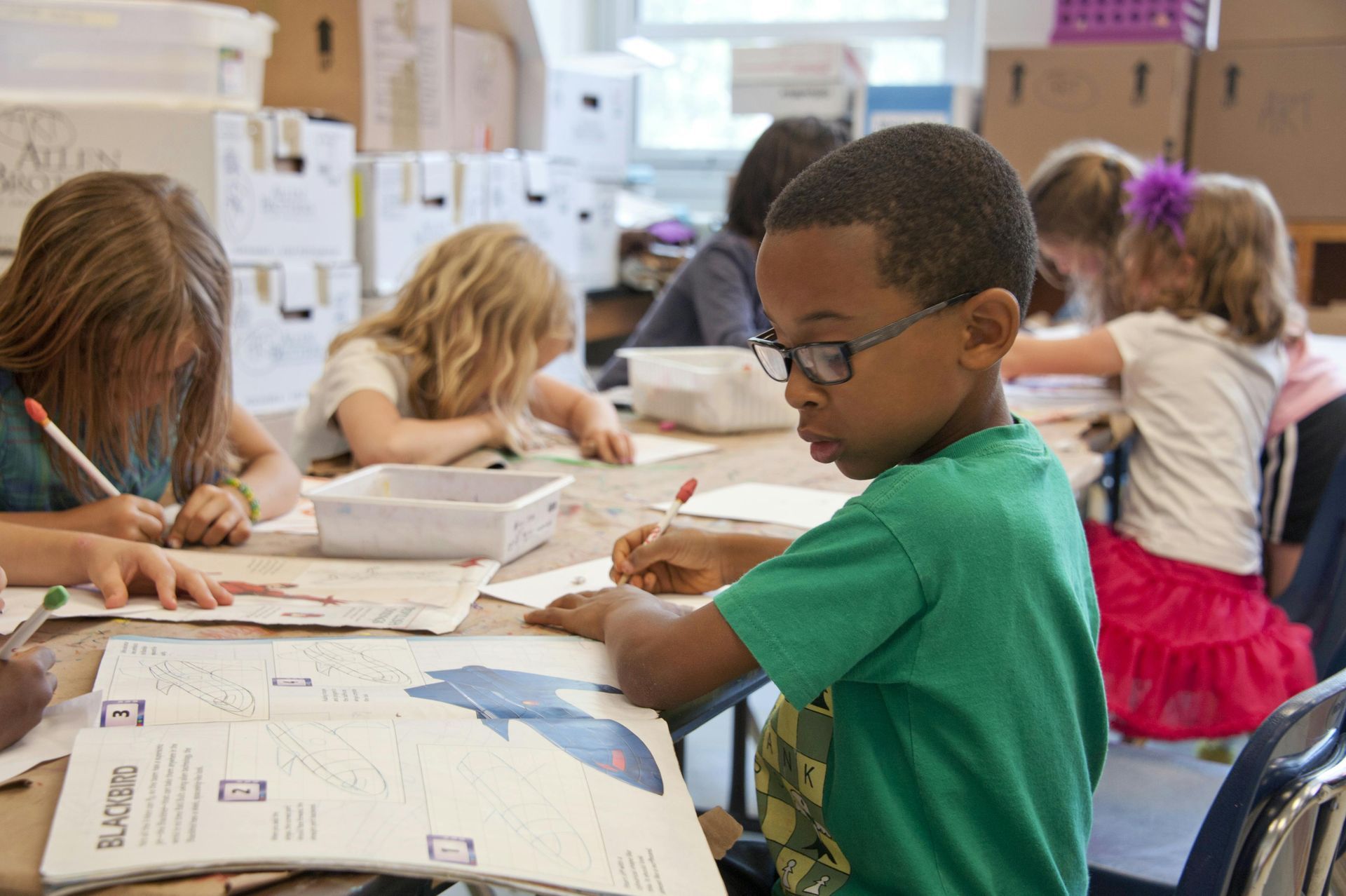
Creativity is an essential part of a child’s development, contributing not only to artistic expression but also to cognitive, emotional, and social growth. At Drop of Love Orlando, we recognize the profound impact that creative expression has on early childhood development. From painting and drawing to music and dramatic play, fostering creativity helps children develop problem-solving skills, emotional intelligence, and confidence. In this blog post, we explore how creative activities benefit children in numerous ways and why they are crucial to their growth.
Why Creative Expression Matters in Early Childhood
Creative expression in early childhood is much more than making art. It’s about allowing children the space to explore their thoughts, emotions, and the world around them in a way that is both free and intentional. Creativity gives children the opportunity to think outside the box, take risks, and use their imagination in ways that encourage innovation.
Here are several reasons why creative expression is so vital:
- Cognitive Development
Creative activities encourage critical thinking, problem-solving, and decision-making. Whether a child is building with blocks, trying to draw a picture from their imagination, or composing a tune, they are using their minds to engage in tasks that require focus and thoughtfulness. These activities help develop a child’s cognitive abilities and enhance their capacity for abstract thinking. - Emotional Expression
Artistic activities give children a safe outlet for expressing their feelings, which is especially important as they learn to navigate complex emotions. For instance, a child who feels upset may use colors to express their sadness or frustration through painting. This emotional release helps them make sense of their emotions, fostering emotional intelligence and self-awareness. - Social Skills and Communication
Creative play is often done in groups, which helps children develop social skills like cooperation, sharing, and empathy. Through group activities like collaborative painting or role-playing, children learn how to communicate their ideas, listen to others, and work together towards a common goal. These social interactions are invaluable for helping children build friendships and navigate the social world. - Building Confidence
When children engage in creative activities, they take ownership of their work. Whether it’s drawing a picture, writing a story, or acting out a skit, they feel a sense of accomplishment as they complete a task. This boosts their self-esteem and confidence, teaching them that their ideas have value and that their creativity matters. - Motor Skills Development
Creative activities like drawing, painting, and molding clay help children refine their fine motor skills. Holding a pencil, using scissors, or manipulating small objects enhances hand-eye coordination and dexterity. These skills are not only important for artistic activities but also for later tasks such as writing, tying shoelaces, and eating with utensils.
How to Foster Creative Expression in Children
As educators and parents, there are many ways to encourage creative expression and help children develop their creative abilities. Here are some tips for fostering creativity in young children:
1. Provide Open-Ended Materials
Provide children with materials that don’t have a “right” or “wrong” way to be used. This could include art supplies like paper, crayons, markers, fabric, and clay, or even natural materials like sticks, leaves, and rocks. The key is to offer resources that allow for open-ended exploration, rather than structured activities that have a predetermined outcome.
2. Create a Creative Space
Set up a space that is dedicated to creative activities. It doesn’t need to be large, but it should be a safe and inspiring environment where children can explore their creativity without the pressure of making a “perfect” product. This space can include art supplies, musical instruments, or dress-up clothes for imaginative play.
3. Encourage Imaginative Play
Imaginative play is a great way for children to practice creativity. Encourage children to engage in role-playing, storytelling, and make-believe games. You can provide props, like dolls, action figures, or costumes, but also allow for spontaneous imagination. When children act out different scenarios, they learn how to problem-solve and express their emotions.
4. Celebrate Creative Efforts, Not Just Results
It’s important to praise the effort that children put into their creative activities, rather than focusing only on the outcome. Instead of saying, “That picture looks great,” try, “I love how much effort you put into your drawing!” This reinforces the value of the creative process and helps children understand that creativity is about exploration and self-expression, not just the end product.
5. Allow Time for Free Play
Creative expression thrives when children have time to play freely without a strict agenda. Set aside time each day for unstructured play, where children can choose what they want to do. Whether they’re drawing, building, or inventing stories, giving children the freedom to explore without time constraints helps them build their creative muscles.
6. Introduce New Experiences
Expose children to different forms of creative expression. Take them to art galleries, attend music concerts, or explore nature together. The more experiences children have, the more inspiration they can draw from when engaging in creative play. This exposure helps them see the endless possibilities of creativity in the world around them.
7. Encourage Risk-Taking and Experimentation
Creativity is about trying new things and being open to failure. Encourage children to take risks in their creative work, whether it’s using a new color, trying a different medium, or telling a new type of story. Reinforce that it’s okay to make mistakes—mistakes are simply part of the creative process and provide an opportunity for growth.
The Long-Term Benefits of Creative Expression
Nurturing creativity in early childhood has long-term benefits that extend far beyond the art room. Children who engage in creative activities are more likely to develop a strong sense of self, improved problem-solving abilities, and better emotional intelligence. As they grow, these skills will serve them in school, in their careers, and in their personal lives.
At Drop of Love Orlando, we are committed to helping children discover their creative potential and encouraging them to use their imagination in every aspect of life. By nurturing creativity, we provide children with the tools they need to express themselves, connect with others, and navigate the world with confidence.
Discover how fostering a growth mindset and encouraging play can significantly impact children's development by reading these insightful blog posts:
Fostering a Growth Mindset in Young Children: The Key to Lifelong Learning and
Play as a Gateway to Social Success: Helping Preschoolers Thrive.
